The automotive landscape is more competitive than ever, with small cars offering a perfect blend of efficiency and driving pleasure. In this comparison, we delve into two strong contenders: the Citroen C3 and the Opel Corsa. While both models appeal to urban drivers and small family needs, their specifications and innovative features set them apart. Let’s explore what each of these models brings to the table.
Citroen C3 vs Vauxhall Corsa – Differences & prices compared
Everyday use, family trips or long-distance drives – here’s where the differences show.
Discover whether Citroen C3 or Vauxhall Corsa fits your lifestyle better.
Design and Dimensions
The Citroen C3 is categorized as an SUV, showcasing a more rugged and elevated stance. Measuring 4015 mm in length, 1755 mm in width, and 1567 mm in height, this model presents a bold front grille and rounded edges that are emblematic of Citroen's stylish design ethos.
In contrast, the Opel Corsa is a classic hatchback, slightly longer at 4061 mm and wider at 1765 mm. Its sleek lines and sporty contours give it a contemporary flair, making it a popular choice among younger drivers. Despite its lower height of 1435 mm, the Corsa boasts a well-proportioned silhouette, contributing to its aerodynamic performance.
Powertrains and Performance
The Citroen C3 offers a variety of powertrain options, starting with petrol engines, followed by MHEV and all-electric variants. The petrol engines deliver between 101 and 113 HP, allowing for a respectable acceleration from 0 to 100 km/h in approximately 10.6 seconds. For those opting for the electric version, the C3 provides an impressive range of up to 326 km, appealing to environmentally conscious drivers.
On the other hand, the Opel Corsa showcases a more diverse range of powertrains, featuring options that yield between 100 and 156 HP. Its top-performing electric variant achieves an impressive electric range of 405 km and a 0 to 100 km/h sprint time as swift as 7.9 seconds—ideal for drivers seeking excitement behind the wheel. With similar fuel consumption rates, averaging around 5.3 L/100km for the petrol engines, the Corsa holds its ground in terms of efficiency.
Technology and Innovations
Both cars are equipped with modern technology designed to enhance the driving experience. The Citroen C3 integrates advanced connectivity features with its infotainment system, allowing for seamless smartphone integration. Safety technologies, including lane departure warnings and automatic emergency braking, are offered across various trims.
The Opel Corsa, meanwhile, takes the lead in its class with a more sophisticated driver assistance package. Features such as adaptive cruise control and traffic sign recognition are available, contributing to a higher level of driving confidence. Additionally, the Corsa's infotainment system supports wireless Apple CarPlay and Android Auto, perfect for tech-savvy consumers.
Interior Comfort and Practicality
When it comes to interior space, both vehicles comfortably seat five passengers. The Citroen C3 boasts a trunk capacity of 310 liters, offering ample room for daily errands or weekend getaways. The clever use of space ensures that passengers enjoy a comfortable ride with enough legroom.
In comparison, the Opel Corsa deserves special mention for its practicality, with a slightly smaller trunk capacity of 309 liters. However, its rear seats fold down to enhance cargo space further, making it versatile for different driving scenarios. The Corsa's interior also reflects a blend of modern aesthetics and user-friendly design.
Conclusion
Ultimately, the choice between the Citroen C3 and Opel Corsa comes down to personal preference and specific driving needs. The Citroen C3 appeals with its SUV-inspired design, diverse powertrains, and comfortable ride. Conversely, the Opel Corsa showcases a sporty hatchback profile, cutting-edge technology, and robust performance.
As the market offers exciting alternatives, neither vehicle will disappoint, making for an engaging decision for your next urban adventure.
Here’s where it gets real: The technical differences in detail
Costs and Efficiency:
Price and efficiency are key factors when choosing a car – and this is often where the real differences emerge.
Citroen C3 has a decisively advantage in terms of price – it starts at 13700 £, while the Vauxhall Corsa costs 19600 £. That’s a price difference of around 5915 £.
Fuel consumption also shows a difference: Vauxhall Corsa manages with 4.60 L and is therefore hardly perceptible more efficient than the Citroen C3 with 5 L. The difference is about 0.40 L per 100 km.
In terms of energy consumption, the advantage goes to the Vauxhall Corsa: with 14.40 kWh per 100 km, it’s to a small extent more efficient than the Citroen C3 with 16.60 kWh. That’s a difference of about 2.20 kWh.
As for range, the Vauxhall Corsa performs evident better – achieving up to 424 km, about 100 km more than the Citroen C3.
Engine and Performance:
Power, torque and acceleration say a lot about how a car feels on the road. This is where you see which model delivers more driving dynamics.
When it comes to engine power, the Vauxhall Corsa has a distinct edge – offering 156 HP compared to 113 HP. That’s roughly 43 HP more horsepower.
In acceleration from 0 to 100 km/h, the Vauxhall Corsa is distinct quicker – completing the sprint in 7.90 s, while the Citroen C3 takes 9.90 s. That’s about 2 s faster.
In terms of top speed, the Vauxhall Corsa performs a bit better – reaching 210 km/h, while the Citroen C3 tops out at 183 km/h. The difference is around 27 km/h.
There’s also a difference in torque: Vauxhall Corsa pulls clearly perceptible stronger with 260 Nm compared to 205 Nm. That’s about 55 Nm difference.
Space and Everyday Use:
Cabin size, boot volume and payload all play a role in everyday practicality. Here, comfort and flexibility make the difference.
Both vehicles offer seating for 5 people.
In curb weight, Vauxhall Corsa is slight lighter – 1175 kg compared to 1226 kg. The difference is around 51 kg.
In terms of boot space, the Citroen C3 offers hardly perceptible more room – 310 L compared to 309 L. That’s a difference of about 1 L.
In maximum load capacity, the Citroen C3 performs to a small extent better – up to 1220 L, which is about 139 L more than the Vauxhall Corsa.
When it comes to payload, Vauxhall Corsa minimal takes the win – 445 kg compared to 423 kg. That’s a difference of about 22 kg.
Who comes out on top?
Overall, the Vauxhall Corsa shows itself to be is largely superior and secures the title of DriveDuel Champion.
It convinces with the more balanced overall package and proves to be the more versatile choice for everyday use.
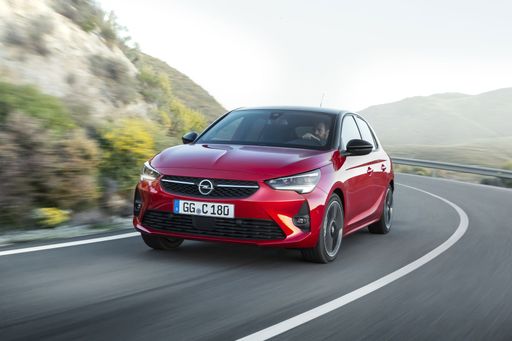 @ Opel / Stellantis Media
@ Opel / Stellantis Media
Vauxhall Corsa
Citroen C3
The Citroën C3 is a cheeky little city car that turns heads with its bold, quirky styling and a surprisingly comfy, well-thought-out interior. It’s an ideal companion for urban life — easy to park, friendly to drive and built to make everyday trips feel a bit more fun without breaking the bank.
details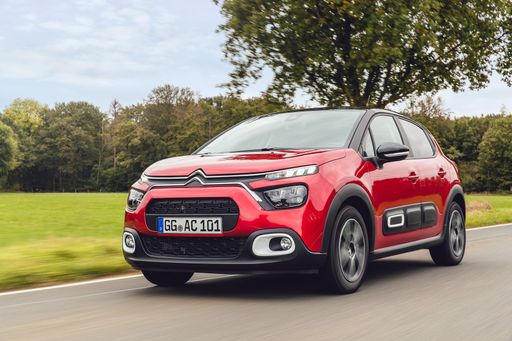 @ Citroën / Stellantis Media
@ Citroën / Stellantis Media
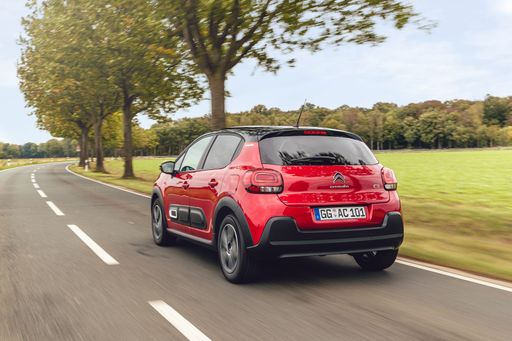 @ Citroën / Stellantis Media
@ Citroën / Stellantis Media
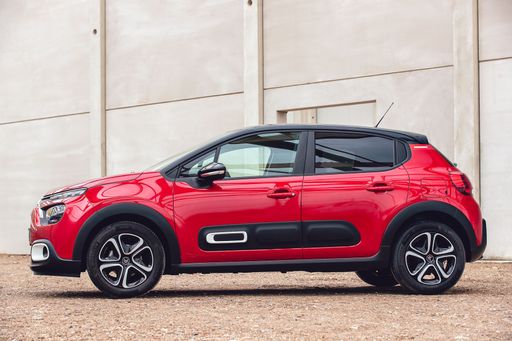 @ Citroën / Stellantis Media
@ Citroën / Stellantis Media
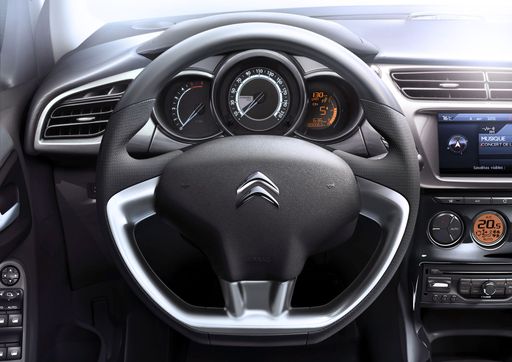 @ Citroën / Stellantis Media
@ Citroën / Stellantis Media
Vauxhall Corsa
The Opel Corsa is a tidy little package that blends cheeky styling with sensible practicality, perfect for city streets and weekend escapes alike. It’s easy to live with, economical to run and just lively enough to make daily driving a bit more fun.
details @ Opel / Stellantis Media
@ Opel / Stellantis Media
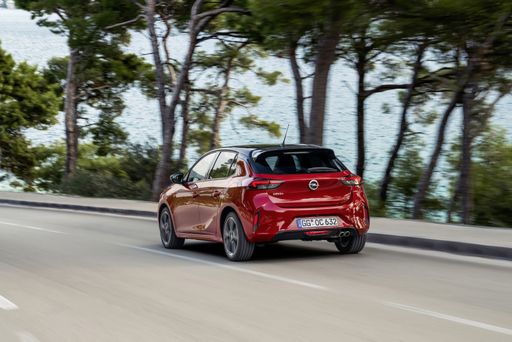 @ Opel / Stellantis Media
@ Opel / Stellantis Media
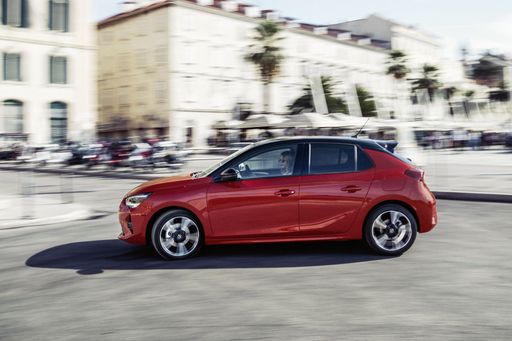 @ Opel / Stellantis Media
@ Opel / Stellantis Media
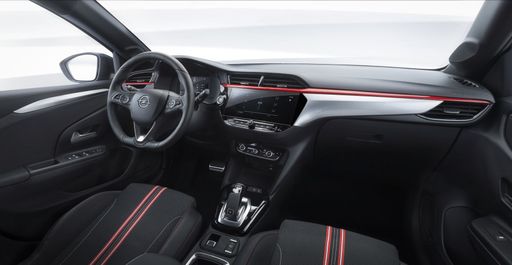 @ Opel / Stellantis Media
@ Opel / Stellantis Media
 @ Citroën / Stellantis Media
@ Citroën / Stellantis Media
|
 @ Opel / Stellantis Media
@ Opel / Stellantis Media
|
|
|
|
Costs and Consumption |
|
|---|---|
|
Price
13700 - 23800 £
|
Price
19600 - 30600 £
|
|
Consumption L/100km
5 - 5.6 L
|
Consumption L/100km
4.6 - 5.3 L
|
|
Consumption kWh/100km
16.6 - 17.2 kWh
|
Consumption kWh/100km
14.4 - 16.2 kWh
|
|
Electric Range
206 - 324 km
|
Electric Range
347 - 424 km
|
|
Battery Capacity
-
|
Battery Capacity
46 - 51 kWh
|
|
co2
0 - 126 g/km
|
co2
0 - 120 g/km
|
|
Fuel tank capacity
44 L
|
Fuel tank capacity
44 L
|
Dimensions and Body |
|
|---|---|
|
Body Type
SUV
|
Body Type
Hatchback
|
|
Seats
2 - 5
|
Seats
5
|
|
Doors
5
|
Doors
5
|
|
Curb weight
1226 - 1518 kg
|
Curb weight
1175 - 1544 kg
|
|
Trunk capacity
310 L
|
Trunk capacity
267 - 309 L
|
|
Length
4015 mm
|
Length
4061 mm
|
|
Width
1755 mm
|
Width
1765 mm
|
|
Height
1567 mm
|
Height
1435 mm
|
|
Max trunk capacity
1220 L
|
Max trunk capacity
1004 - 1081 L
|
|
Payload
227 - 423 kg
|
Payload
376 - 445 kg
|
Engine and Performance |
|
|---|---|
|
Engine Type
Petrol, Electric, Petrol MHEV
|
Engine Type
Petrol, Electric, Petrol MHEV
|
|
Transmission
Manuel, Automatic
|
Transmission
Manuel, Automatic
|
|
Transmission Detail
Manual Gearbox, Reduction Gearbox, Dual-Clutch Automatic
|
Transmission Detail
Manual Gearbox, Reduction Gearbox, Dual-Clutch Automatic
|
|
Drive Type
Front-Wheel Drive
|
Drive Type
Front-Wheel Drive
|
|
Power HP
101 - 113 HP
|
Power HP
100 - 156 HP
|
|
Acceleration 0-100km/h
9.9 - 12 s
|
Acceleration 0-100km/h
7.9 - 9.9 s
|
|
Max Speed
125 - 183 km/h
|
Max Speed
150 - 210 km/h
|
|
Torque
120 - 205 Nm
|
Torque
205 - 260 Nm
|
|
Number of Cylinders
3
|
Number of Cylinders
3
|
|
Power kW
74 - 83 kW
|
Power kW
74 - 115 kW
|
|
Engine capacity
1199 cm3
|
Engine capacity
1199 cm3
|
General |
|
|---|---|
|
Model Year
2024 - 2025
|
Model Year
2023 - 2025
|
|
CO2 Efficiency Class
D, A, C
|
CO2 Efficiency Class
D, A, C
|
|
Brand
Citroen
|
Brand
Vauxhall
|
What drive types are available for the Citroen C3?
The Citroen C3 is offered with Front-Wheel Drive.
The prices and data displayed are estimates based on German list prices and may vary by country. This information is not legally binding.
